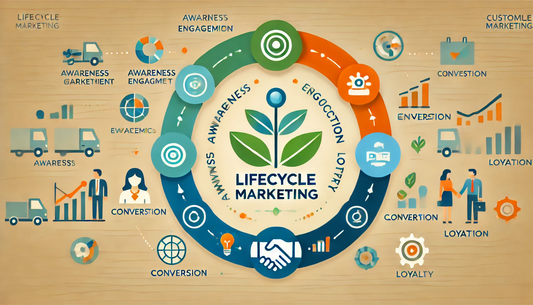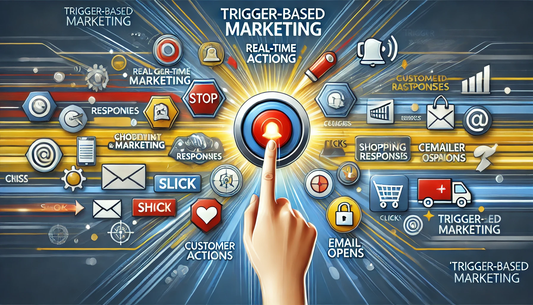Uber Eats is a prime example of how a company can adapt to a changing market and grow exponentially. 🚀
What started as a small subsidiary quickly transformed into a global leader in the food delivery sector. By understanding market shifts, making bold moves, and embracing innovation, Uber Eats became a force to be reckoned with. 🍔📦
In this blog, we'll dive into Uber Eats' strategic moves and the key lessons that startups can learn from its success. So buckle up and get ready for some seriously tasty insights. 😋
Understanding Market Dynamics: Starting with a Strong Foundation
Uber Eats was launched in 2014, starting off with just a few cities. While it wasn’t the first food delivery service, it quickly carved its place by leveraging Uber's established ride-sharing infrastructure. 🚗💨
This gave Uber Eats a head start in understanding local market needs, customer behaviors, and logistical challenges, which are critical in the fast-paced food delivery industry. 📊
Takeaway: Startups can benefit from leveraging existing infrastructure to scale quickly. When you have a strong foundation, it's easier to launch and grow faster. Don’t be afraid to use the resources around you! 💪
Pivoting to Meet Demand: Seizing the Moment
The COVID-19 pandemic drastically changed consumer behavior, and Uber Eats wasted no time in adjusting to meet the surge in demand. 🍽️🦠
Not only did they continue to deliver food, but they expanded their offerings to include groceries, alcohol, and even pharmacy items. This pivot helped them capture a larger share of the market and transform Uber Eats into a multi-vertical delivery service. 📦
Takeaway: Startups need to stay agile and ready to pivot when market conditions change. It’s not always about sticking to your initial business plan—if there’s demand for something new, go for it! 💡
Strategic Partnerships and Acquisitions: Power in Numbers
Uber Eats formed strategic partnerships with major brands like McDonald’s and Starbucks, enhancing both visibility and credibility. 🍔☕
They also strategically acquired smaller competitors, strengthening their market position and eliminating competition. 💼💰
Takeaway: Partnerships are about synergy, not just expansion. Collaborating with established brands or acquiring smaller players can open doors to new customer segments and accelerate your growth. 📈
Leveraging Technology for Efficiency: Innovate to Optimize
Uber Eats invested heavily in technology to streamline operations. Using data analytics and machine learning, they optimized delivery routes, predicted demand, and reduced wait times. 🚚📊
By improving operational efficiency, they were able to reduce costs and increase customer satisfaction. 😌
Takeaway: Invest in technology that enhances your operations. Whether it’s automating customer service or optimizing supply chains, technology can help your startup work smarter, not harder. 💻🤖
Hyperlocal Approach: Tailoring the Experience
Uber Eats adopted a hyperlocal approach, tailoring services to suit the preferences and needs of individual cities and neighborhoods. 🏙️🍕
By adapting to local tastes, they were able to enhance the customer experience and become more relevant in each market they served. 🔍
Takeaway: Understanding your local market is key to success. Conduct detailed research to understand your customers’ preferences, pain points, and behaviors. Being a local expert can help set you apart from your competition. 🌍
Marketing and Brand Positioning: Make It Personal
Uber Eats made use of digital marketing, influencer partnerships, and promotional offers to build its brand and reach new customers. 📱👩🍳
By focusing on convenience and ease, Uber Eats aligned perfectly with the growing trend of convenience-based services. 📦
Takeaway: Make sure your marketing clearly communicates your unique value proposition. Use social media, influencers, and customer reviews to build brand trust. Authenticity and clarity are your best friends! 🎯
Building a Strong Customer Support System: Happy Customers, Happy Business
Uber Eats faced the inevitable challenge of maintaining a high level of customer satisfaction, especially as it grew. 🚨
To tackle this, they invested heavily in building a responsive customer support system. Whether it was wrong orders, delayed deliveries, or refunds, they made sure every issue was handled promptly and efficiently. 📞📬
Takeaway: Startups should prioritize customer service. A satisfied customer is likely to become a repeat customer, so make sure your team is empowered to solve problems quickly. Your customer support can be a game-changer! 🙌
Focusing on Unit Economics: Profitability Matters
Despite rapid growth, Uber Eats faced criticism for its profitability. But they kept working on improving unit economics, optimizing delivery costs, and increasing order sizes. 📉📈
Uber Eats’ focus on improving its unit economics allowed them to grow sustainably while tackling profitability challenges. 💰
Takeaway: It’s important to understand your costs, profit margins, and scalability potential from the get-go. Growth is fantastic, but profitability ensures long-term success. Don’t neglect your bottom line! 📊
Data-Driven Decision Making: Make Your Data Work for You
Uber Eats made data the backbone of its decision-making process. By analyzing user behavior, delivery times, and even customer feedback, they fine-tuned every aspect of their business. 📉💡
This data-driven approach enabled Uber Eats to stay ahead of the competition and adapt quickly to changes. 📅
Takeaway: Build a culture of data-driven decision-making in your startup. Invest in analytics tools and make it a habit to review your metrics regularly. Data can uncover insights that intuition alone might miss. 🧠
Conclusion: Uber Eats’ Winning Formula
Uber Eats’ journey from a small subsidiary to a global leader in food delivery offers many lessons for startups. 🏆
The key takeaways? Leverage your strengths, stay agile, invest in technology, understand your local market, build strong partnerships, and prioritize customer satisfaction. And don’t forget—profitability matters! 💡
As a startup founder, you have the advantage of being able to move quickly and innovate. So take these strategies, apply them to your own business, and watch your startup soar! 🚀
With the right approach, your startup can thrive in even the most competitive markets. 🏁










